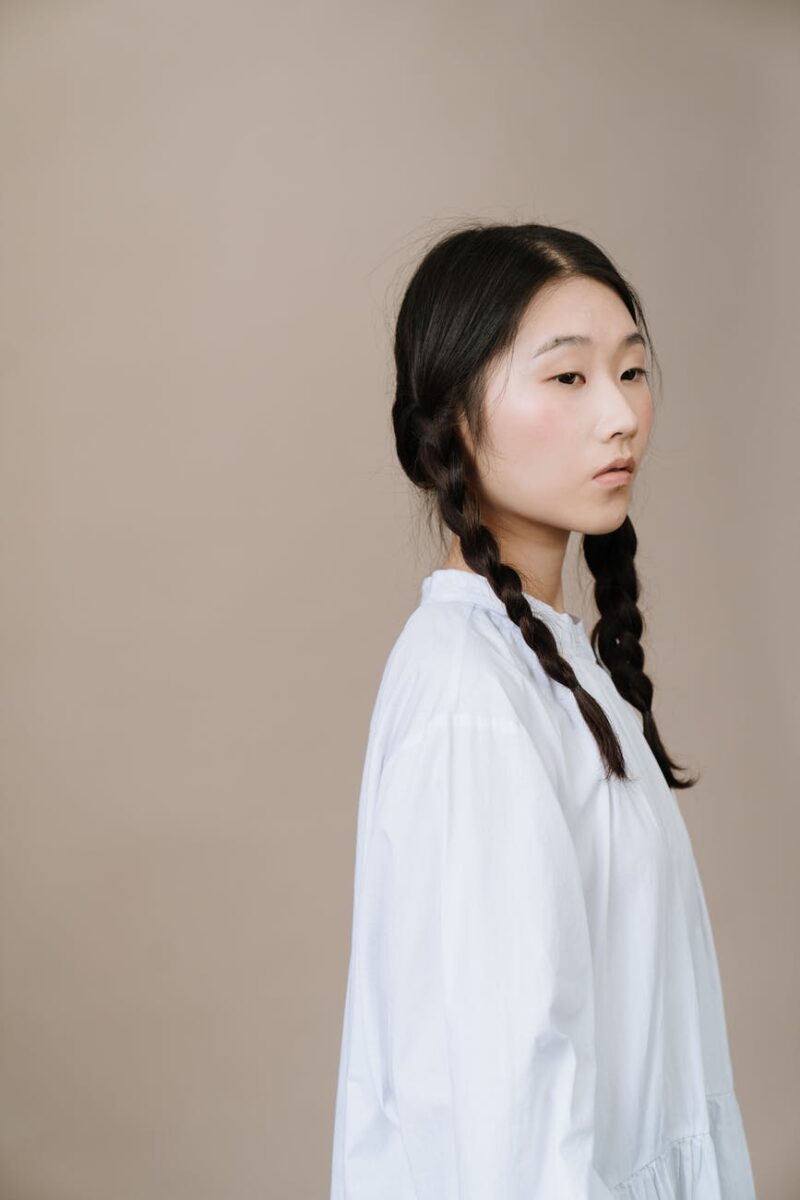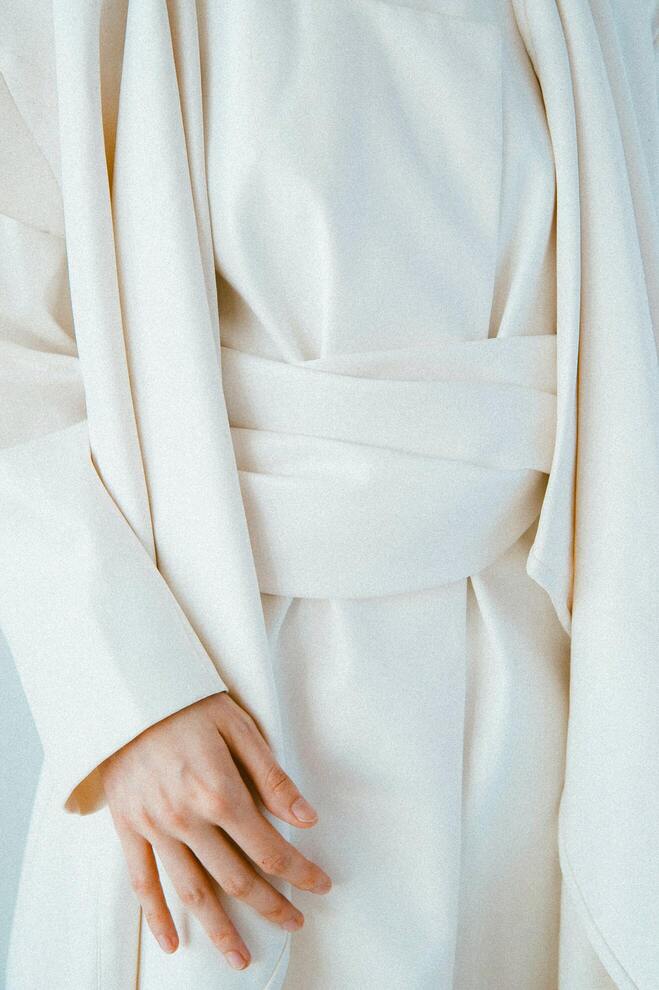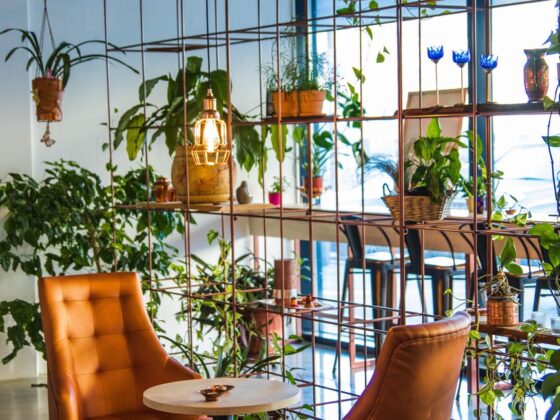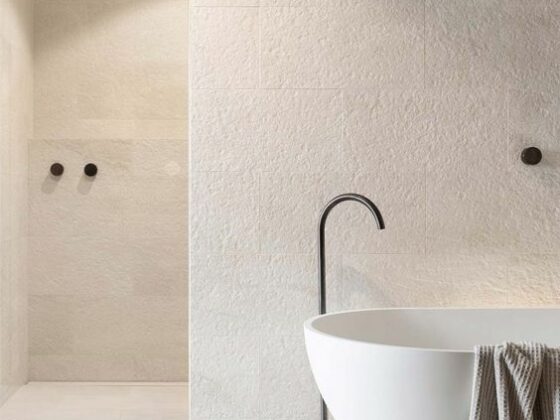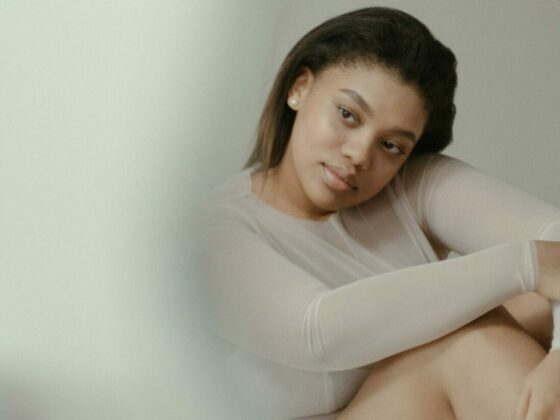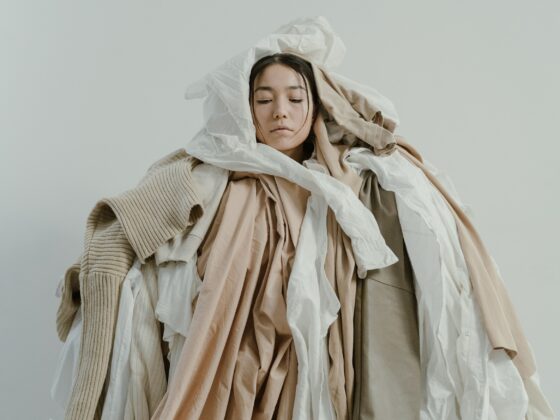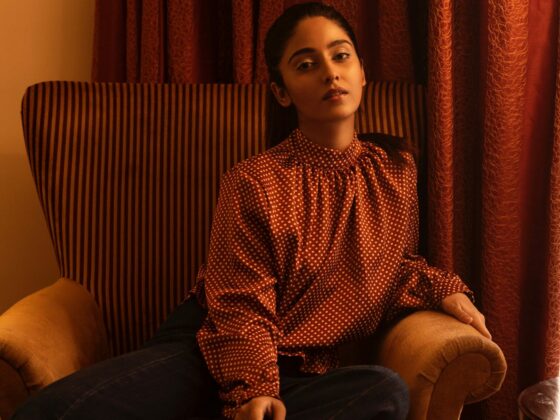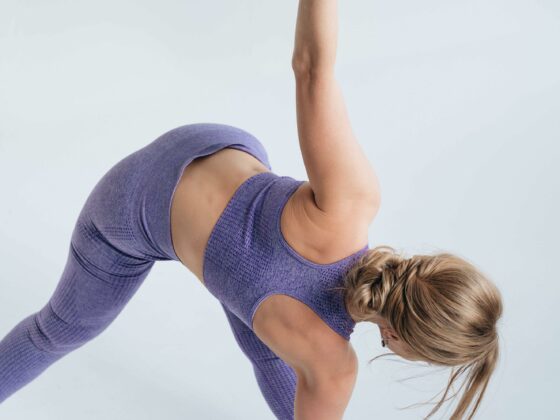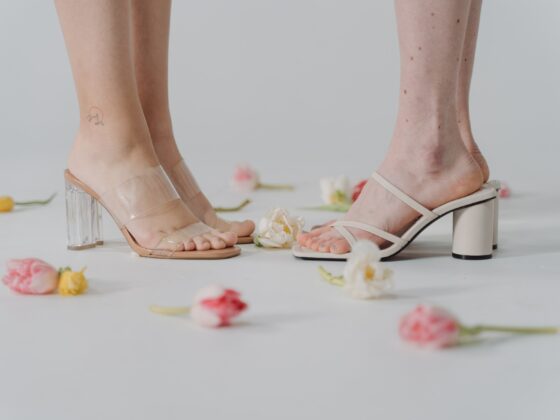Table of Contents
This article contains affiliate links for which I may receive a small commission, at no additional cost to you, should you decide to make a purchase by using them. Learn More
Minimalism, minimalism, minimalism…
It’s a word that seems to be dominating quite a lot of aspects of the contemporary lifestyle. From spaces to décor and everything in-between, this ideology has carved itself a little permanent niche and is now slowly but surely spreading its roots all around.
Now, minimalism in the fashion industry may seem like a new concept, but many people have been practicing it for a while now. The movement only now garnered traction because this concept has finally found a firm footing in the world.
So, what exactly is minimalist fashion?
What do you imagine when you hear this phrase?
Is it monochrome wardrobes that feature clothes with no style or taste whatsoever? Is it those shapeless, baggy dresses that look like sacks? Or is it something else entirely?
Well, this one’s a definite checkmark on the third option because, despite its popularity, very few people are actually well-acquainted with what minimalist fashion entails. If you’re one of them, then here’s a definitive guide to what it is and what you can get from it, but first, let’s look at…
What Is Minimalism?
The core concept of it all, minimalism, is where one removes all distractions and excesses from their lives and gives value to what they truly need. It applies to all facets of life, be it art, architecture, or lifestyle. It’s a movement that came about in the late 1960s and has slowly but surely filtered through to contemporary times.
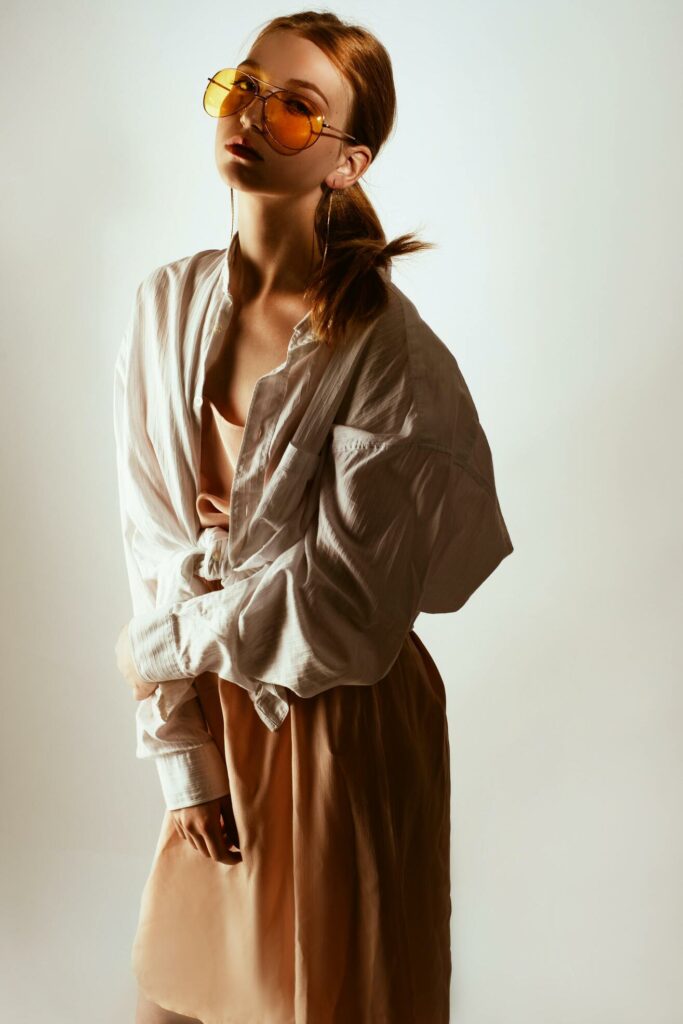
These days, people practice minimalism to curate more contentment in their lives. By driving away all unnecessary things, they can declutter their minds, hearts, and spaces. At the end of the day, minimalism is about control. The fewer things you have, the less clutter it’s going to create in your life. As a result, you’ll be able to feel more relaxed, unencumbered, and free.
A Guide to Minimalist Fashion
The main thing to know about minimalist fashion is that it is both qualitative and quantitative. Yes, it refers to a certain kind of aesthetic, and yes, it also means owning fewer clothes.
But first, here are a few facts: studies show that an average person only ever wears around 20% of their wardrobe, which means that the rest of it is destined to sit in the back of the closet, collecting dust until you find an occasion to break a few of those things out. Does it sound feasible? Surely, not. This is why adapting to minimalist fashion is now becoming such a blown-up trend.
Now, let’s look at the “aesthetic” part of this puzzle. The clothes that are usually labeled minimalist have a distinctly neutral palette. They typically do not come in bright, popping colors, but if that’s your lifestyle choice, then you can also go for it. These clothes do not have a large visual presence; they generally do not feature bold patterns. They have a minimal amount of texture, but mostly none. Overall, they are classy, refined, understated, and debonair.
The “approach” aspect of this concept is about owning just as much as you need. Yes, contrary to popular belief, you don’t need to possess hundreds of clothes to walk through your everyday life confidently. Just having a few key pieces that you can mix and match to create unique styles will do just fine. This is how you apply minimalism to your wardrobe.
Mostly, minimalist fashion in everyday life is all about the approach. Here, it’s the intention that counts. The idea is to curate the kind of wardrobe that is qualitative and useful enough to be as long-lasting as possible.
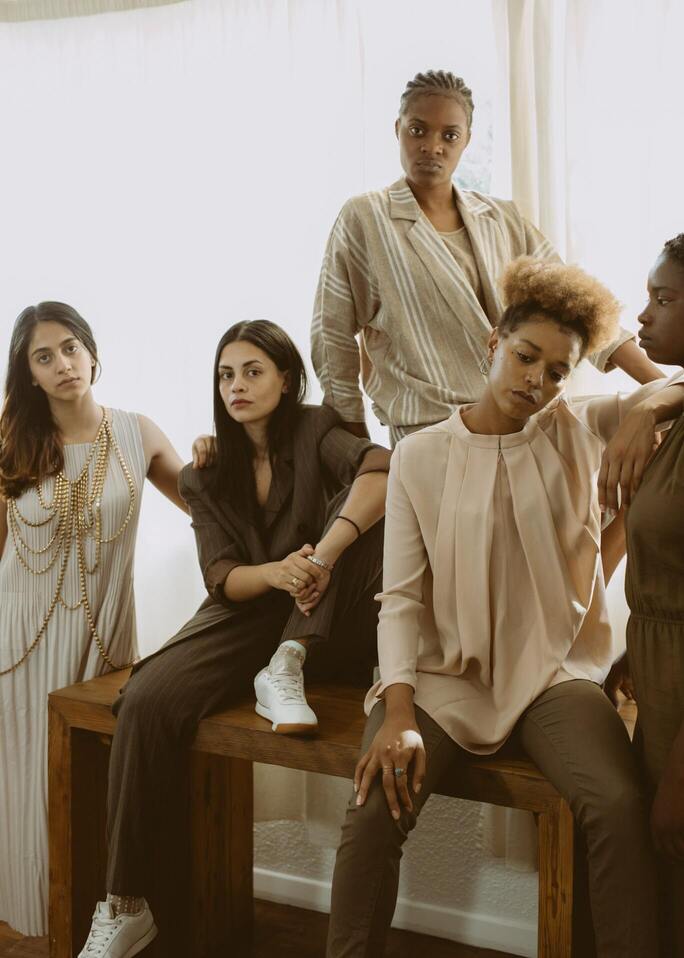
Why Should You Go For A Minimalist Wardrobe?
These days, we have so many clothing brands out there. Fast fashion has made styling so approachable and affordable that you can’t help but buy the latest, most generous of the season despite trying to control yourself.
This leads to a fully packed wardrobe, where you’ve also got last season’s clothes that are now collecting dust. So now, when you open your closet and take a look, you feel super overwhelmed and are plagued with decision-fatigue. This ultimately leads to the “I-don’t-have-anything-to-wear” syndrome, which is basically a culmination of your worries that you won’t be able to make the best choice. See? It’s all psychological – it’s your brain being confused because it has too many options to pick from.
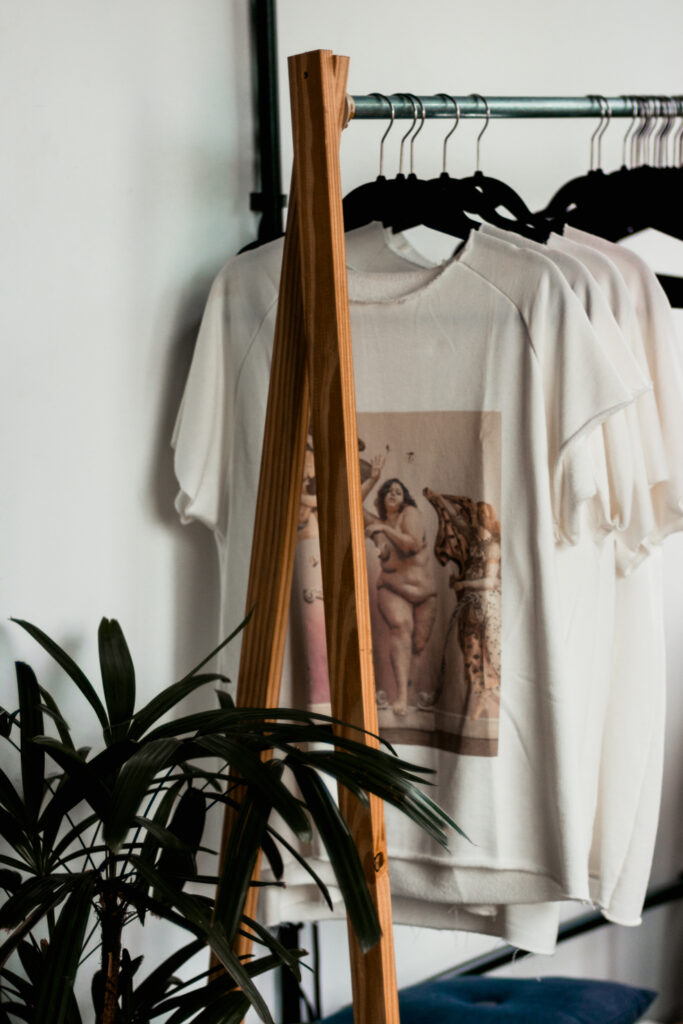
This is where minimalist fashion comes in to save the day. It allows you to create a small but impactful wardrobe that only consists of things you love. The fewer choices also make it easy for your mind to pick out the best outfit for the day without succumbing to the paradox of choice. You just open the closet and easily pick out the best clothes for you.
How To Achieve A Minimalist Wardrobe?
So now that you a basic idea of what minimalist fashion actually entails, you must be wondering how you should ease into it. Here’s a small guide:
Decluttering Your Existing Wardrobe
So, this is the hardest part. Once you open your closet and look through all those clothes, you’ll automatically feel inclined to keep all of them. Your mind will categorize them as things that will come in handy in the future, but don’t be fooled. You’ll need to stick to your will power with everything you’ve got and begin the decluttering process with gusto.
How do you do that?
With a little help from your instinct, and…
Organizing Into Piles
Here’s where you actually start. You’ll have to sort out all your clothes into a ‘love,’ ‘nope,’ ‘meh,’ and ‘seasonal‘ piles. The first one will consist of things you just absolutely cannot do without, and these clothes will be pretty easy to spot.
The ‘nope’ pile is where you stack clothes that you never wear. The ‘meh’ pile is where everything that feels like something between love and nope. This one is tricky because these items are really, really hard to spot. They’ll tug on your heartstrings, so you’ll need to stand firm. Another characteristic of the ‘meh’ pile may be that it comprises of items that used to be totally beloved, but have since shrunk, become ill-fitting, have gotten shabby, or even have missing parts such as zippers. Even if you feel compelled to keep them despite everything, hold yourself back and put them in the ‘meh’ pile to sort out later.
Lastly, you have the ‘seasonal’ pile, and it comprises clothes that you sort by the climatic conditions of where you live. It depends on what season it is when you’re decluttering.
If it’s summer, then you’ll need to take out all the winter things and put them away for when the cold actually hits. Similarly, if you’re sorting through your wardrobe when it’s freezing outside, then take out all the wispy and summer-oriented clothes and put them at the back of your closet for when it’s full-on bikini season.
Begin The Sorting
So, this is where the dilemma begins. When you’ve hung the clothes you love and boxed the seasonal items; you now have the ‘nope‘ and ‘meh‘ piles to go through. You’ll need to pay a lot of attention to details here.
Look closely through your ‘meh’ pile and compare the clothes to what you’ve put in the ‘nope’ pile. It could be things that have gone out of style, clothes whose cut doesn’t suit you, fabric that has gone bad, or something else entirely.
You can also apply the ‘Marie Kondo Method’ here, where you carefully and sentimentally observe each clothing item. If it brings you joy, keep it. If it doesn’t, say ‘thank you’ and add it to the ‘nope’ pile.
It might take a while, but you’re going to feel so much lighter at the end of it.
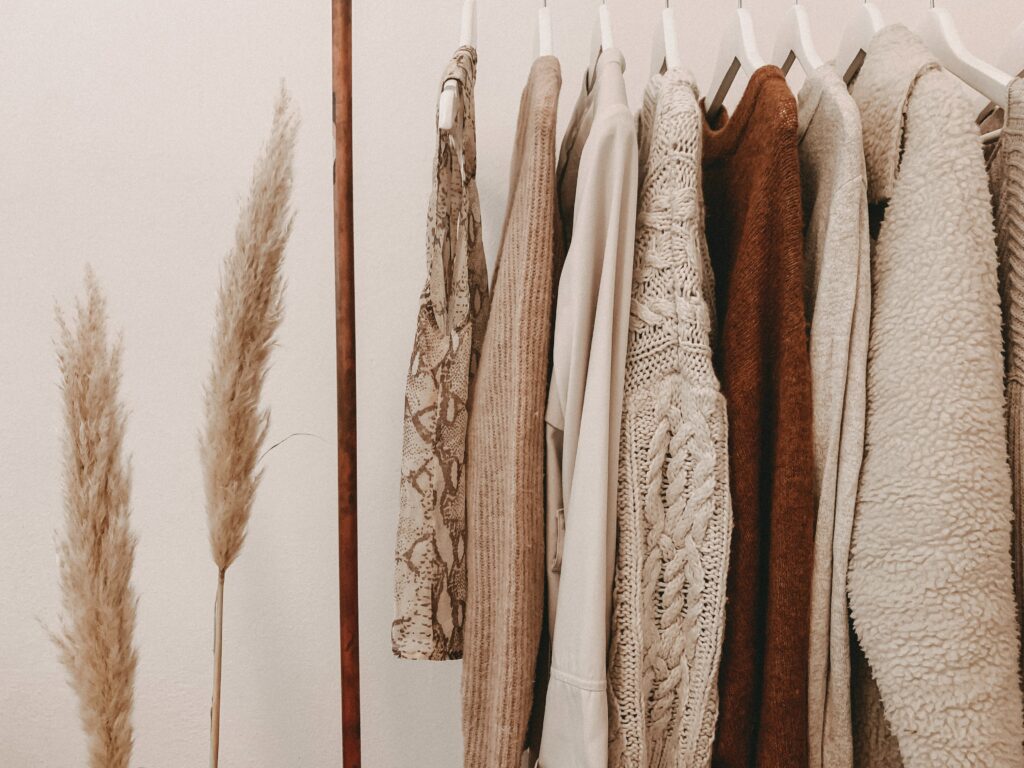
The Final Step
Once you’ve completed your ‘nope’ pile and sorted out the maybes in the ‘meh’ pile, it’s time to decide how to proceed.
All the clothes that are in good condition can be donated to your preferred organization. If you have clothes that you really like in here that can be fixed or altered, then take them out. You can even sell some non-beloved items through a yard sale.

Owning Minimalist Fashion Like A Pro
Whenever you’re changing your wardrobe style, you first need to figure out what exactly you can carry. You might like a type of clothing that doesn’t suit your body type, so it’s essential to figure out precisely what complements you before venturing into the wild.
As far as minimalist fashion is concerned, you can own it by defining your style. Just start by looking at images of things you like – maybe even creating a Pinterest board. Search for items that you think might express your personality. The idea is to create a mood board of all the things that you like.
Ultimately, compare your ideal choice of style to what you’ve saved up after decluttering. You’ll definitely find things that match what you want. You can mix and match all your pieces to create the look that you desire.
Pro tip: defining your color choice is really important when creating a minimalist wardrobe. If you’ve curated a crop of neutrals, then it’ll be super easy to pair them with one another as all neutral colors complement each other. On the other hand, if you’re working with bright or accent colors, you’ll need to have a keen eye for mix and match to keep things as stylish as possible.
Fast Fashion vs. Slow Fashion
There are many definitions of fast-fashion, but the essence of this concept is fashion inspired by the latest trends on runways and is very readily available in high-street stores.
These clothes are cheap, go out of style as soon as the next trend takes off, and are quite an easy temptation to fall into if you’re someone who doesn’t have a timeless enough wardrobe.
Fast fashion is the antithesis of everything that minimalism stands for. It not only contributes to more waste in the landfills but its keen awareness also banks on low quality. These clothes are not sustainable and even fall victim to trend replication when there are no new ideas.
Some of the trendsetters in fast-fashion include Zara, H&M, Forever 21, etc. whose merchandise supply never runs out and has bi-weekly deliveries.
Fast-fashion is all about urgency – the need to keep everything moving at a rate that doesn’t allow consumers to think. You ju~st throw beautiful and semi-stylish clothes at them, make everyone believe that they absolutely need them, and voila!
However, that’s just the consumer end consequence of fast-fashion. There’s also the backend, which relates to cheap labor that is churning out millions of clothes a day while being paid well below the minimum wage, regularly exposed to harmful substances during the manufacturing process, and often suffering through a lack of resources. There’s also the lack of quality control, which means that the clothes you’re purchasing do not meet the standards of what they actually should be like.
Then there are the environmental and sustainability impacts of this industry, where companies are using harmful materials such as synthetic dyes, toxic chemicals, etc. in their clothes manufacturing process. Where does it all go? How do they waste it? Well, it actually seeps into the local water supply, is released in the air, and even trickles out of the clothes when you wash them at home.
The ugly truth of fast fashion is a sad story with a happy façade. It’s terrifying, and people definitely need to be more aware of it.
Now, let’s focus on slow fashion…
It’s a movement that has been launched to level out the effects of fast fashion. It takes all the things that are wrong on the other side and tries to counteract them.
For example, slow fashion promotes mindful manufacturing that takes away all the harmful chemicals and materials and unfair labor rights. Slow fashion also promotes the careful use of materials. They’re always qualitative, long-lasting, and crafted to endure through all times.
Slow fashion is what you should be practicing when you want to convert to a minimalist style. This way, you’ll automatically start buying fewer clothes and curate from trustworthy brands that do not harm their labor, the environment, or any other aspect of life in the name of fashion.
How To Practice Minimalist Fashion
Lastly, let’s understand how you can make minimalist style a permanent part of your life. There are many ways to do so, and here are just a few:
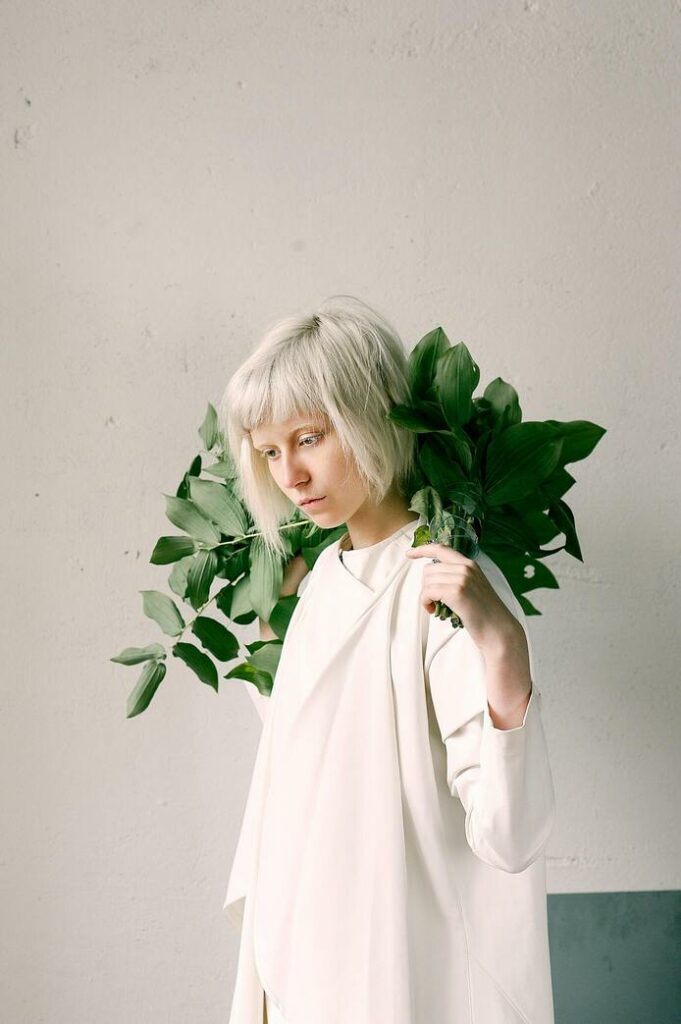
Go For A Capsule Wardrobe
This is where you curate a set amount of clothes that you absolutely love for a season. Then at the end of it, do the same for another season – granted that the clothes are high-quality, extremely versatile, and responsibly manufactured. Some people go for ten well-made outfits, but some go for more (some even for less). This helps you create an up-to-date wardrobe that can be mixed and matched and doesn’t clutter your closet.
Formulize Your Best Clothing Pieces
Sometimes, you can also suffer through decision fatigue when you have fewer-than-normal choices. It can be overwhelming to create new and improved clothing combinations with just the basics. This is where you can formulize what you’ve got. Go with classics, like jeans and tee-shirts, button-down blouses and skirts, etc. Just keep things as simple and sweet as possible.

The Rules Of Buying
The most important aspect of adhering to minimalist fashion is keeping yourself from buying more clothes. How do you do that when there’s literally a new line being introduced in the most popular retail stores every other week? By setting up some parameters!
The very first question you should ask yourself while considering a new purchase is, “do I really need it?” The answer should be unemotional, but if you’ve got your heart set on something, define your parameters by physical aspects like fabric type, manufacturing reliability, quality, the cut, etc.
So, this is everything that you need to know about minimalist fashion and all that it entails. We hope it helps you simplify your wardrobe and shop responsibly next time!


